This was one of the best trips for finding fungi that I have done in recent years. I spotted a lot of very interesting fungi. On my way home I was literally quite astounded by what I had seen. It was a privilege to experience the variety and beauty of this long neglected kingdom.
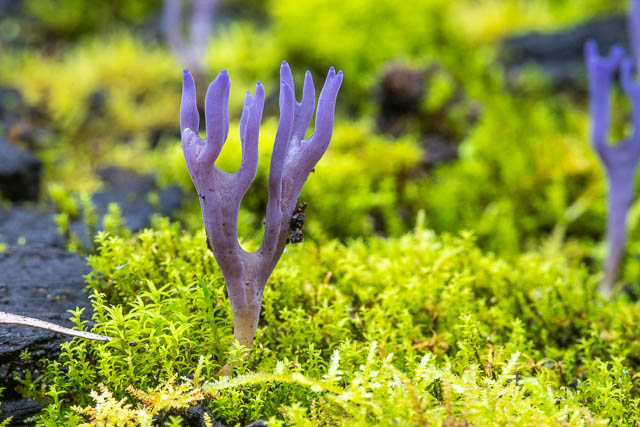
It was not long since my previous trip to the Gully, eight days earlier, and that had been an excellent trip. So I did have high expectations. I also planned to only visit a small part of the greater Sassafras Gully area to maximise the time I had available search for fungi. In the rainforest – it is very dark and gloomy and it can be hard to spot the often small fungi that I am interested in. And it is close to the winter solstice, so daylight hours are rather short.
On this trip, after spotting some nice fungi that I did not expect, I kept on finding more unusual species. I will present a lot of photos in the order that I took the photos. I entered the gully from the track at Sassafras Gully Road and walked down to the Lagoon at Glenbrook Creek, and then after lunch, back tracked a little and exited via the Wiggins Track.
The fungi that I was most hopeful of finding were waxcaps. The often very colourful members of the family Hygrophoraceae. This family includes the following genera –
- Hygrocybe
- Gliophorus
- Humidicutis
- Porpolomopsis
- Hygrophorus
Waxcap fruiting bodies mostly appear later in the fungal season in Great Sydney, when the weather is cooler. May to August is best if there is good rainfall. Good conditions for waxcaps also seem to be good conditions for colourful coral fungi as well.
So these photos are presented in chronological order as taken on the day.
Hydnum repandum

Cortinarius rotundisporus
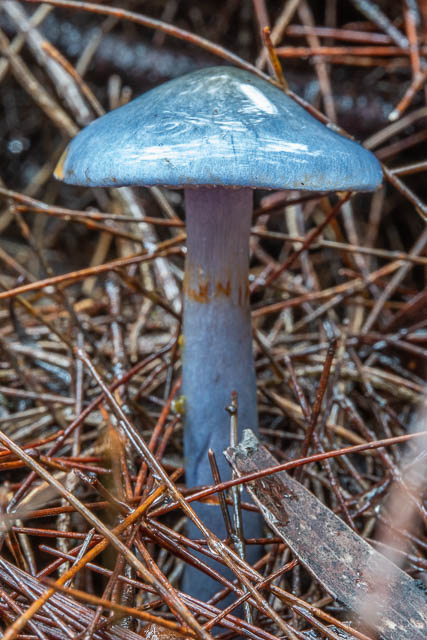
Hygrocybe batesii

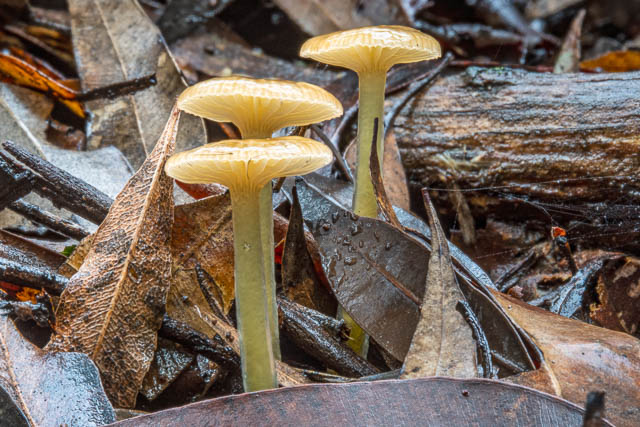
I was pleased to spot these waxcaps early on – just after the first small creek crossing.
Porpolomopsis lewelliniae
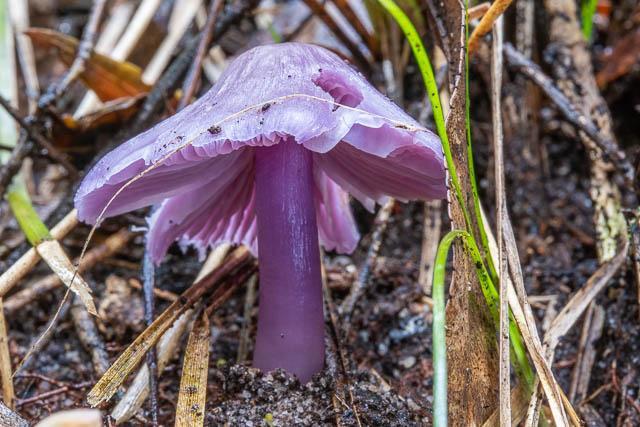
Trichoglossum hirsutum

Hygrocybe miniata
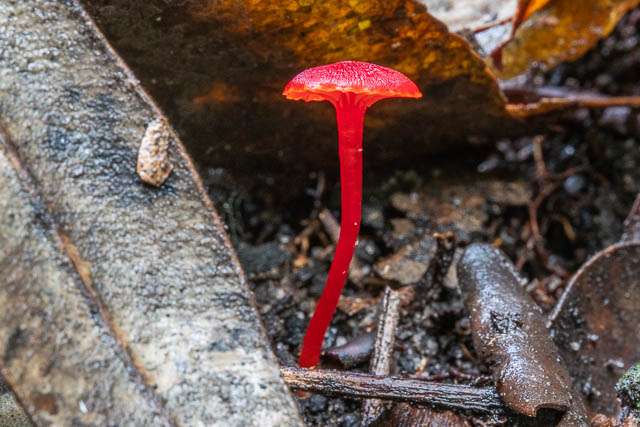
Cortinarius sp.
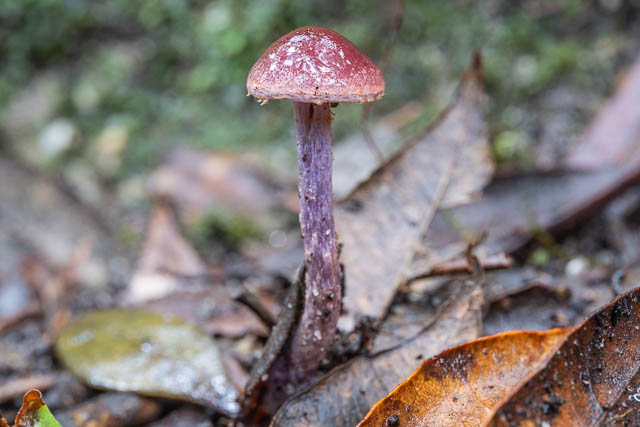
Russula persanguinea
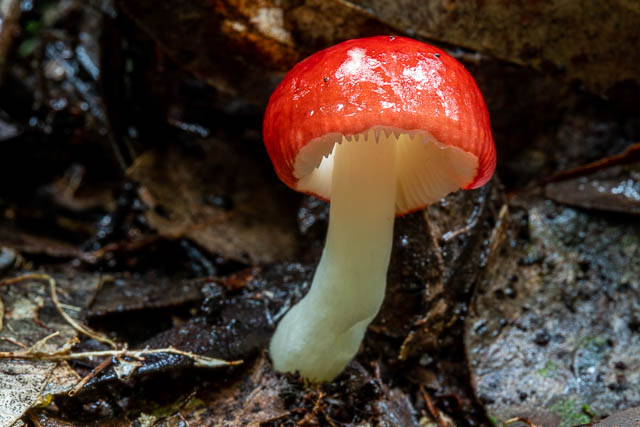
Clavulina sp.
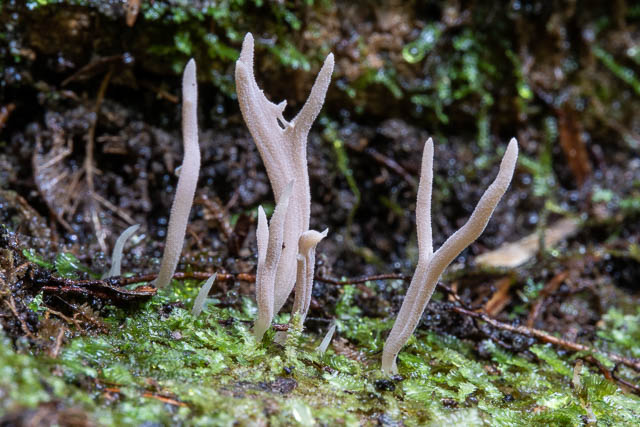
Aleuria aurantia
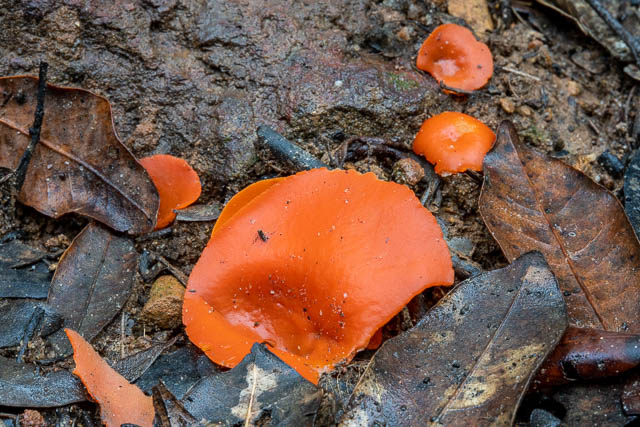
These cups must be quite robust – as I had seen them on my previous trip in the same place.
Rimbachia bryophila
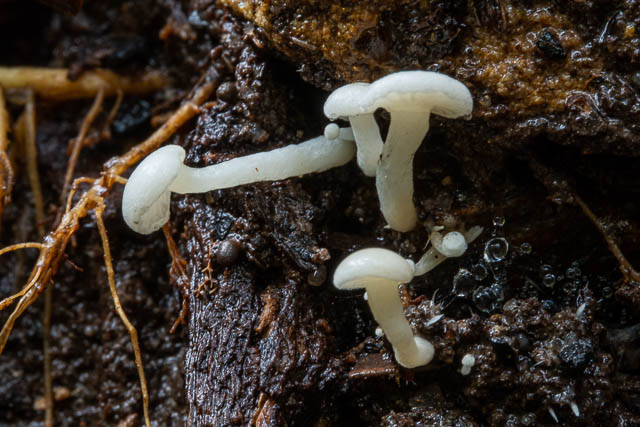
Gliophorus graminicolor
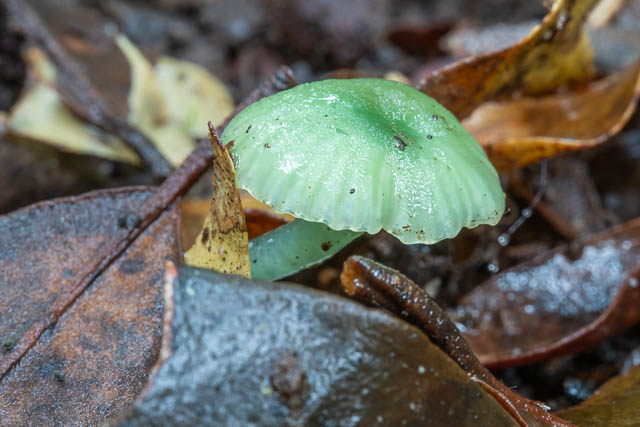

Clavulinopsis corallinorosacea
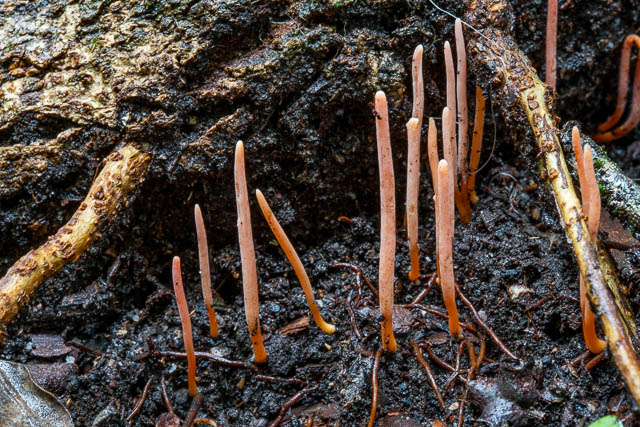
Hygrocybe anomala var. ianthinomarginata

Macrotyphula juncea

Hygrocybe miniata
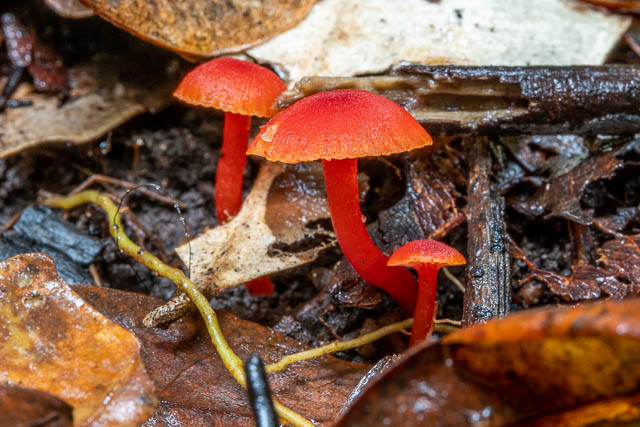
Perhaps Hygrocybe rodwayi

Hygrocybe sp.

I found other examples of this probably undescribed waxcap. It could be a new species or perhaps a variant of Hygrocybe anolala. The cap has a green tinge. The colours are similar to Hygrocybe aurantipes, but the species is much smaller.
Hygrocybe sp.
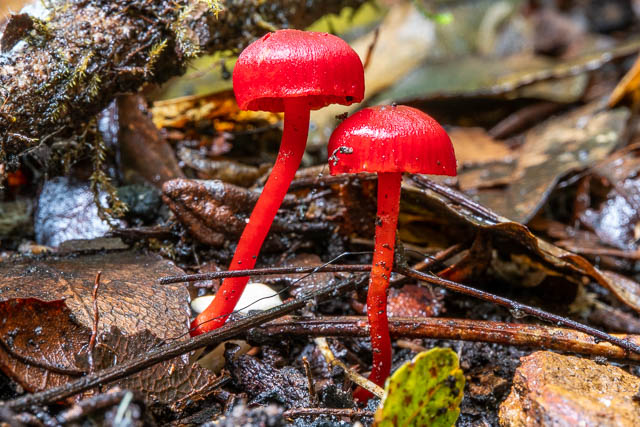
Plectania campylospora
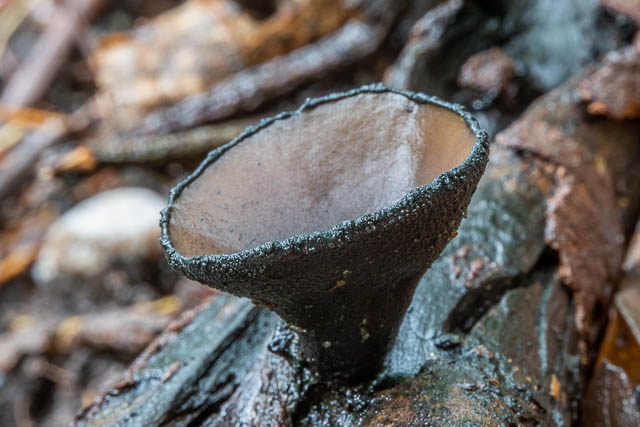
Hygrocybe astatogala
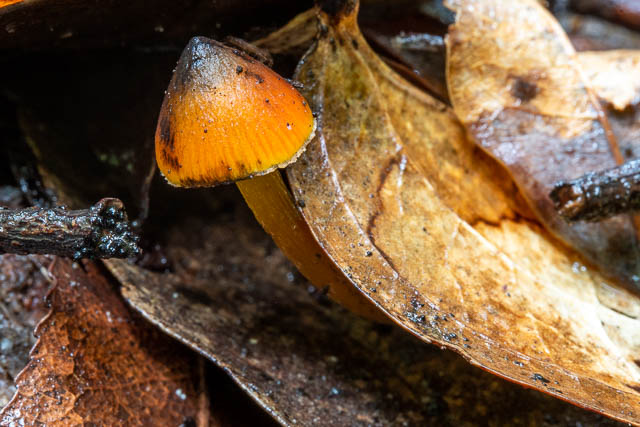
Hygrocybe sp.
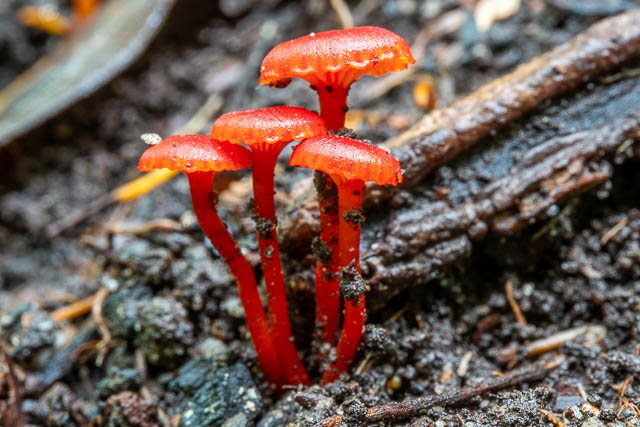
Hygrocybe rodwayi
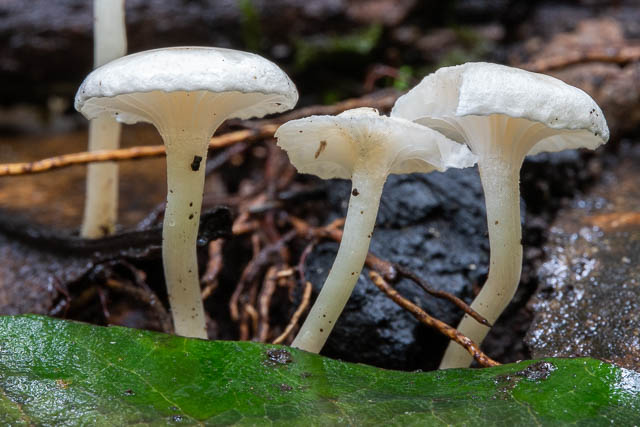
Hygrocybe astatogala
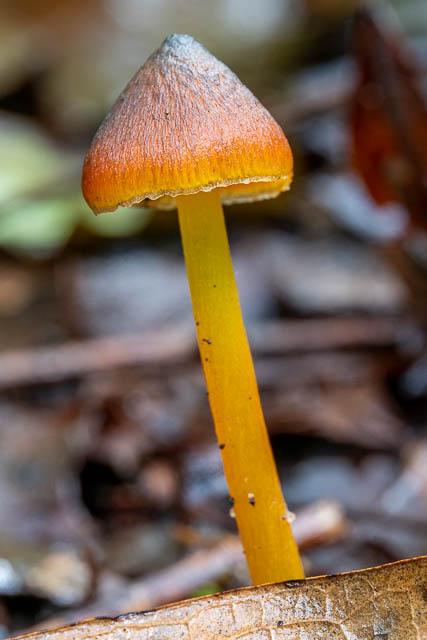
Hygrocybe sp.

Gliophorus graminicolor
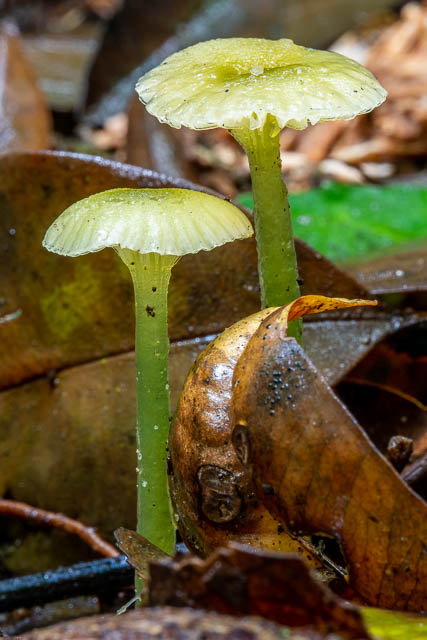
Hygrocybe sp.
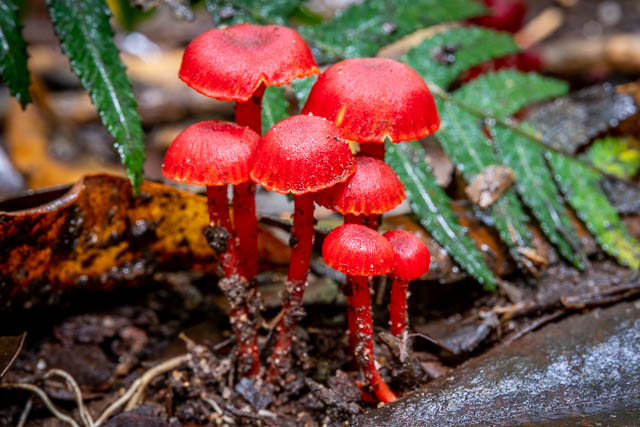
Hygrocybe anomala var. anomala
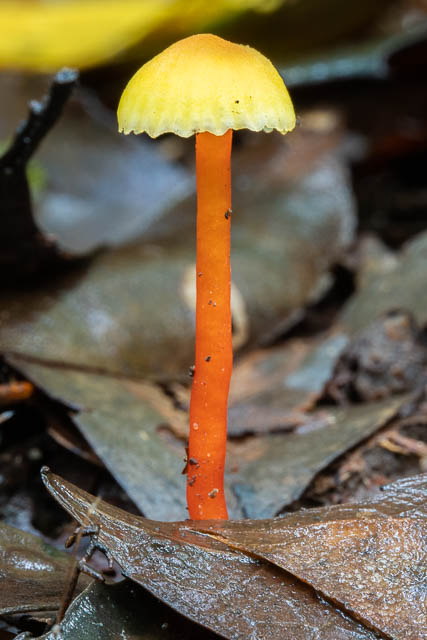
Hygrocybe sp.
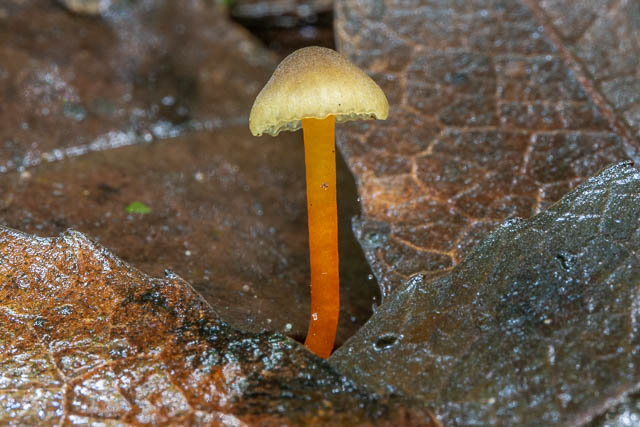
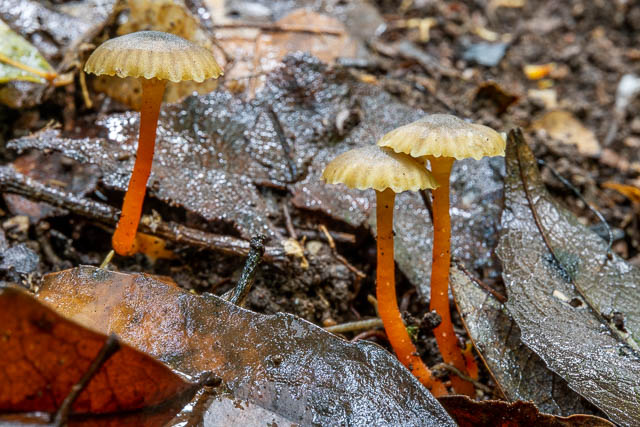
These are the same species as one I have discussed above. I have seen it before in Sassafras Gully, and also in Wolli Ck Regional Park – but in no other locations.
Mycena sp.

Hygrocybe sp.
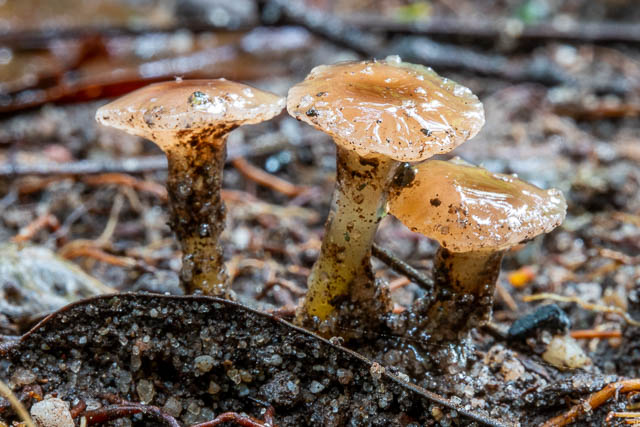

This could be a new species or perhaps Hygrocybe iropus which can be quite variable in colour.
Clavulinopsis amoena
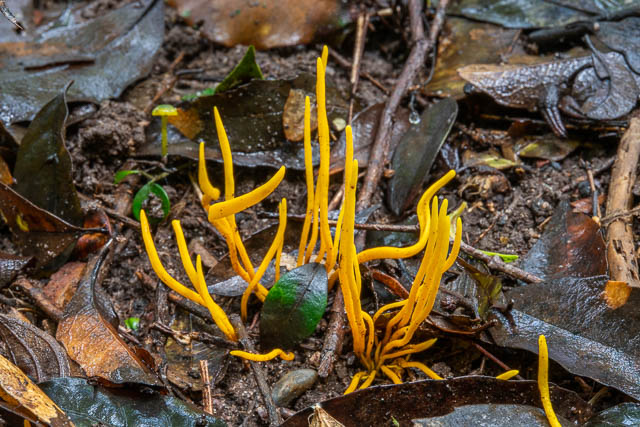
In the photos above, you can see small waxcap at the back left. It looks like Hygrocybe pseudograminicolor.
Hygrocybe rodwayi and Hygrocybe miniata
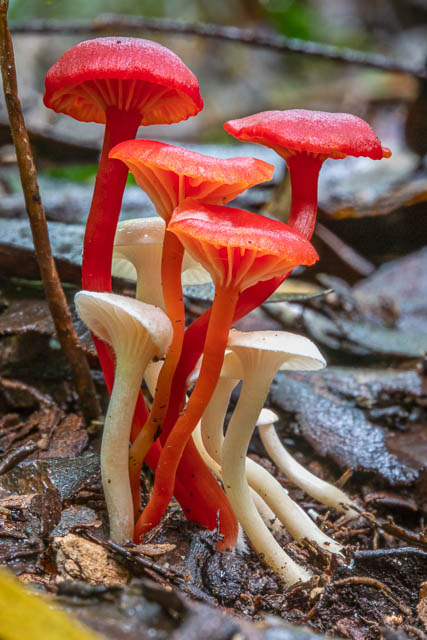
Geoglossum sp.

Gliophorus graminicolor
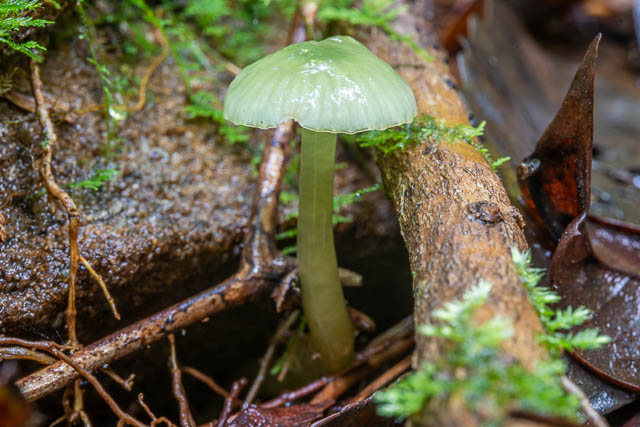
Hygrocybe sp.

Hygrocybe lilaceolamellata

Humidicutis mavis
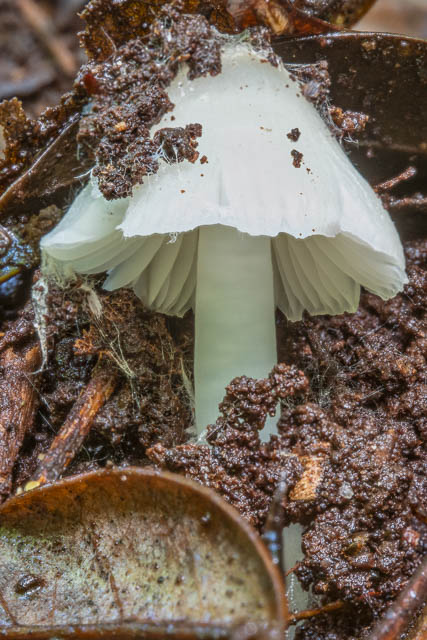
Hygrocybe astatogala
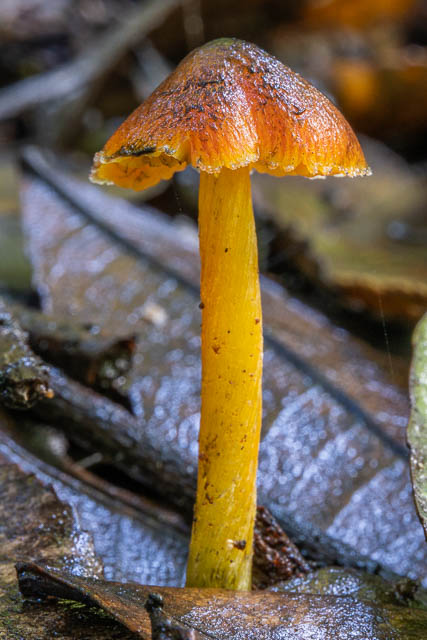
Gliophorus sp.
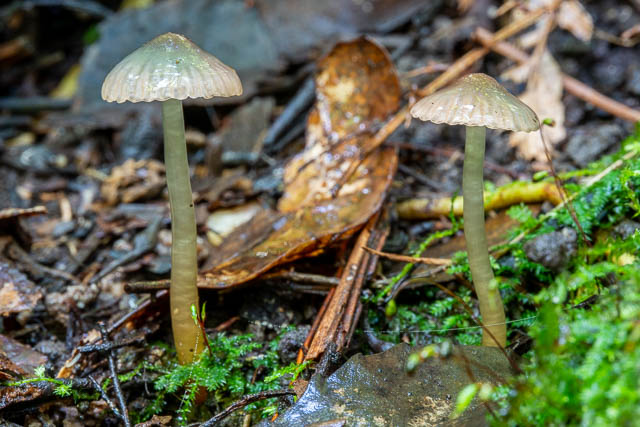
When I saw these, I thought they could be Gliophorus psittacinus. In the gloomy forest it was hard to see the correct colours. But later looking at the photos it seems to have distinct pink tinge to the cap and the green colour is quite light. They are certainly very viscid – so probably Gliophorus sp. One possibility is Hygrocybe iropus. I only found the two.
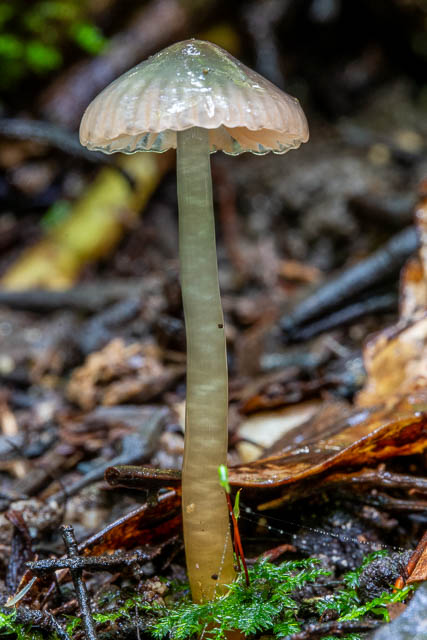
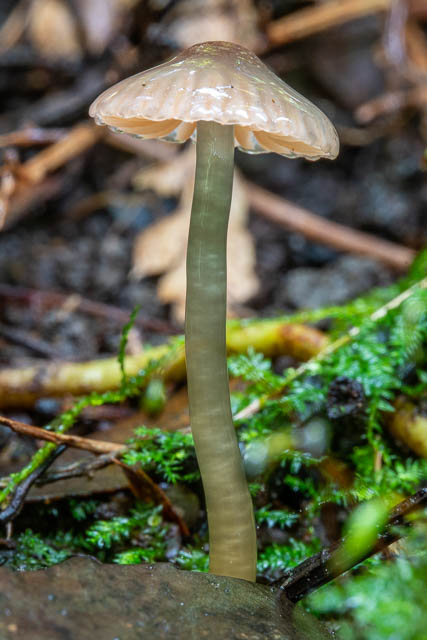
Hygrocybe sp.

Coral Fungus
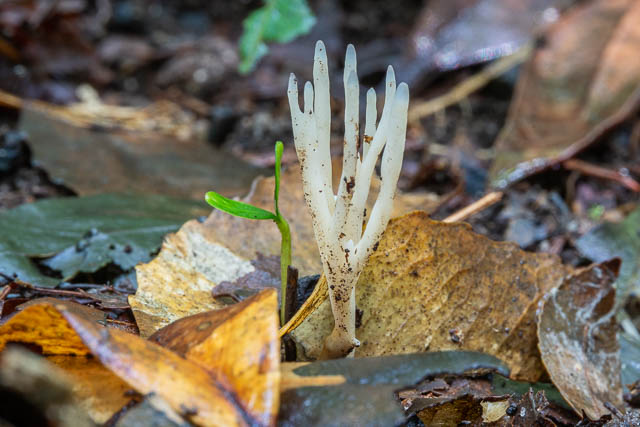
Hygrocybe austropratensis

Geoglossum sp.
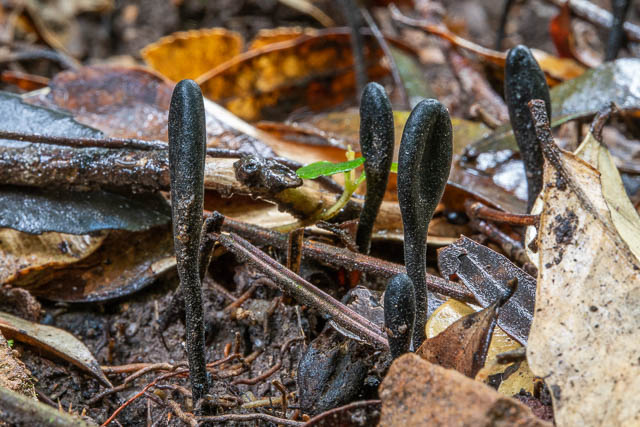
Hygrocybe sp.

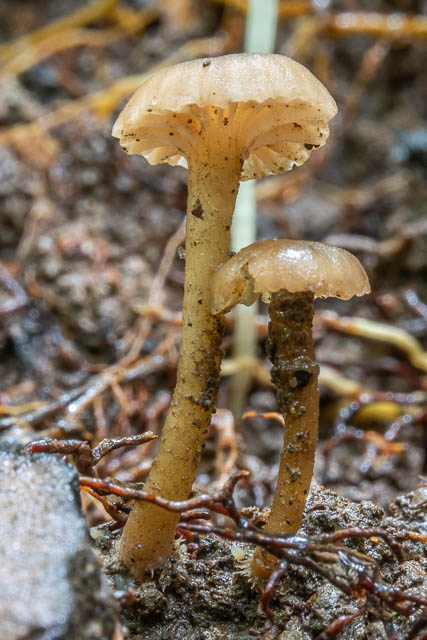
As you can see below, I found a cluster of these. They appear to be brown with a green tinge in their stipes and a pink tinge to their caps.

Hygrocybe lilaceolamellata
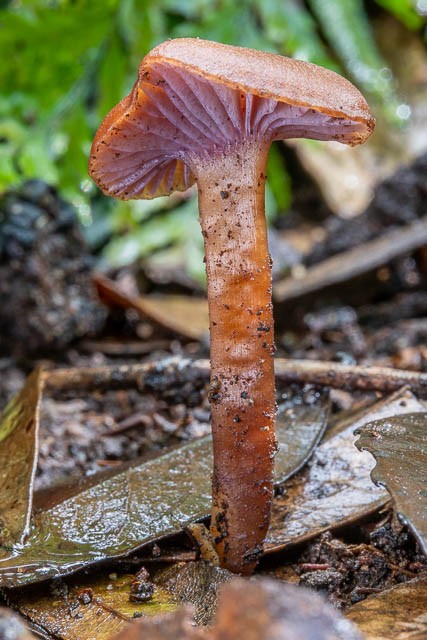
These look like any old little brown mushroom until you see their gills.
Microglossum viride
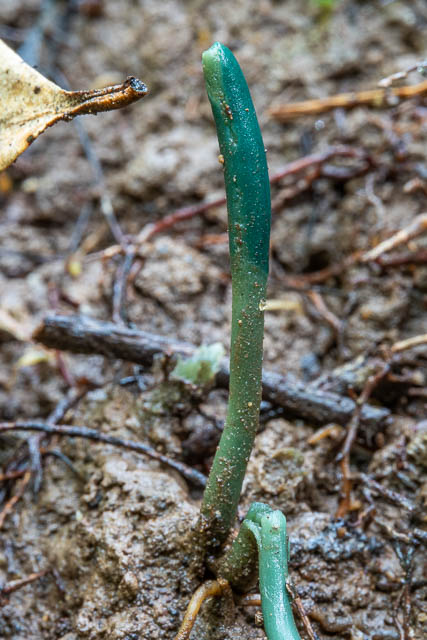
Hygrocybe aurantiopallens
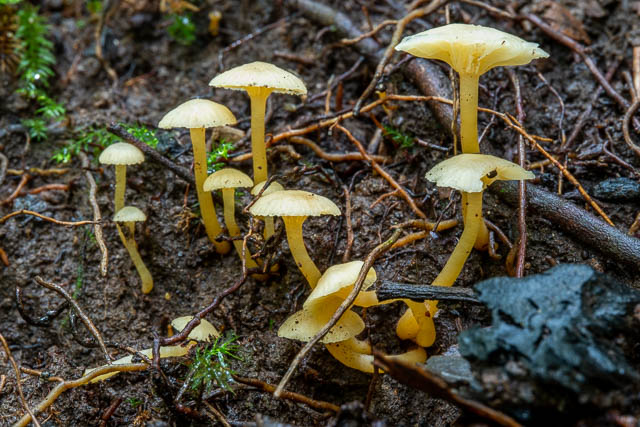
Clavaria pusio
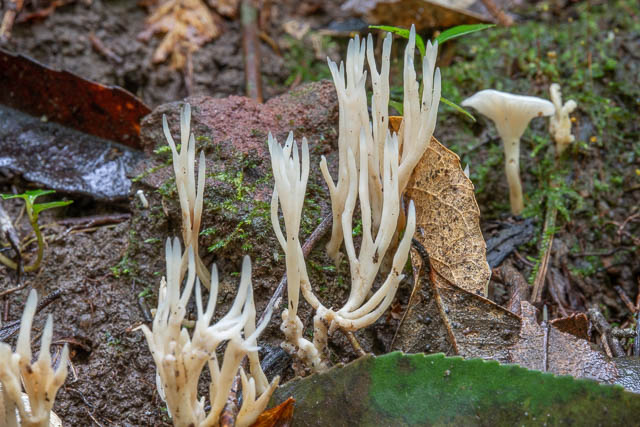
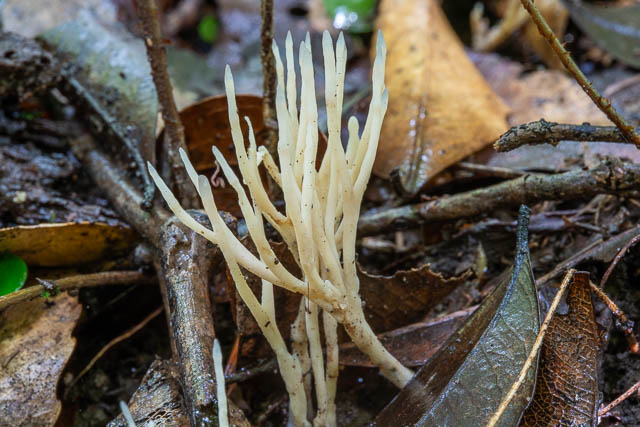
Hygrocybe reesiae

Humidicutis sp. ?

I found two of these rather large and squat waxcaps in the one spot. In previous seasons I have found a pink splitting waxcap in one small location about 150 m from these. That one resembles a pink version of Porpolomopsis lewelliniae. These ones have splitting caps, so perhaps Humidicutis sp.
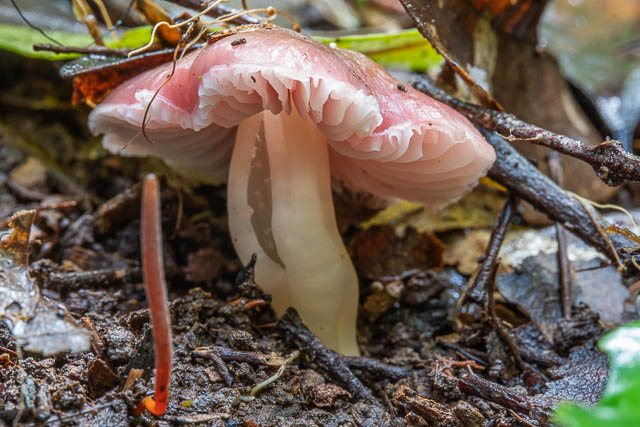
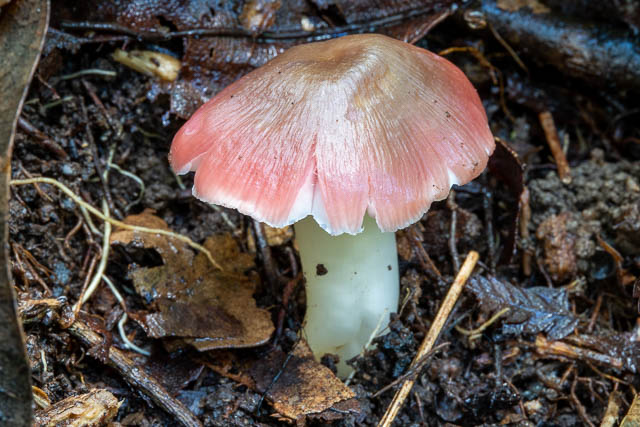
Gliophorus graminicolor

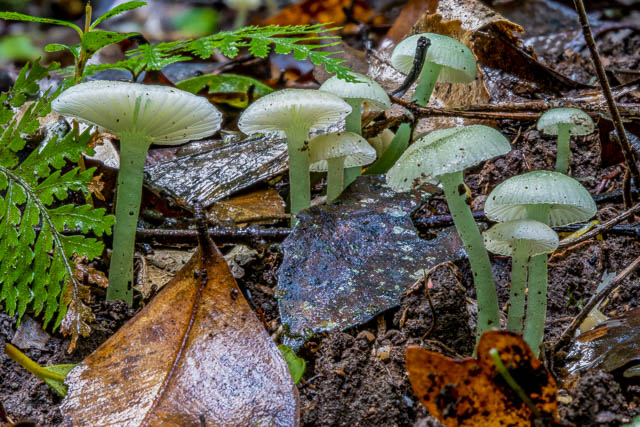
Hygrocybe astatogala
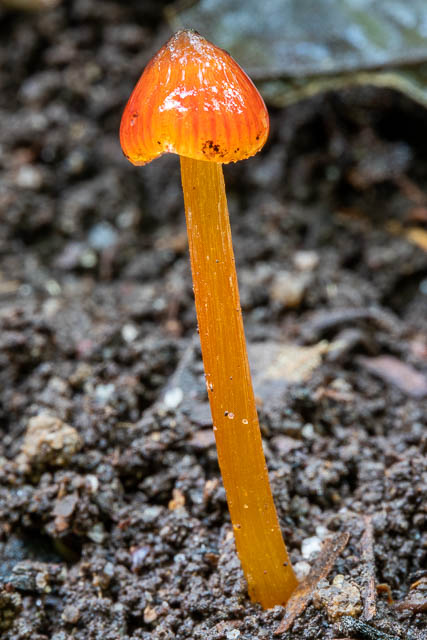
Hygrocybe sp.
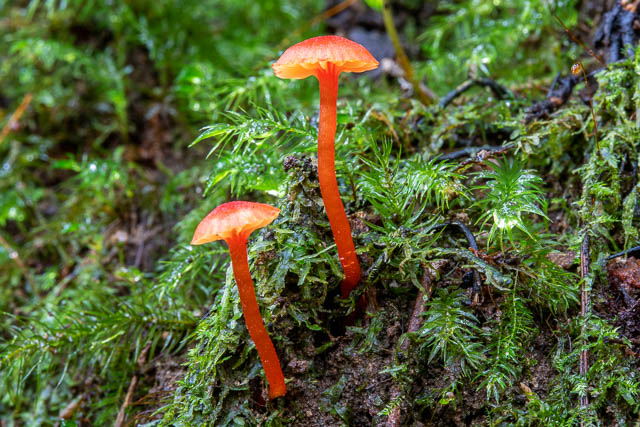
Perhaps Ramariopsis kunzei
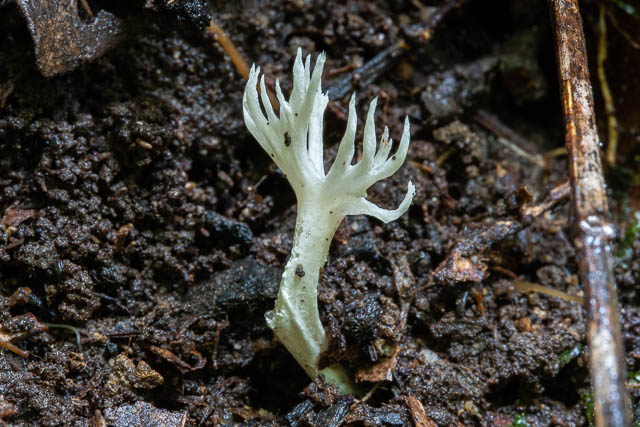
Ramariopsis pulchella

Ramariopsis pulchella and Ramariopsis simplex
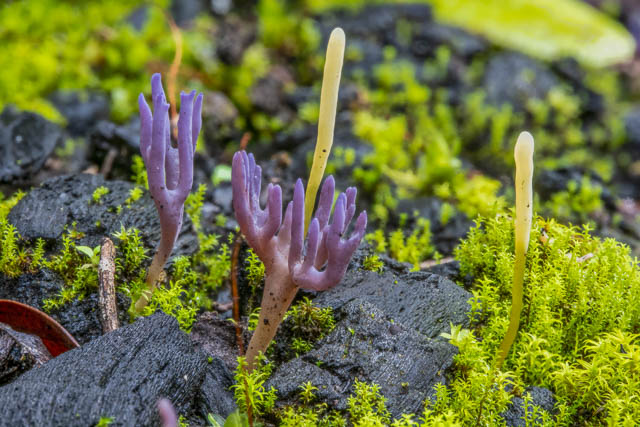
Ramariopsis pulchella

Leotia lubrica
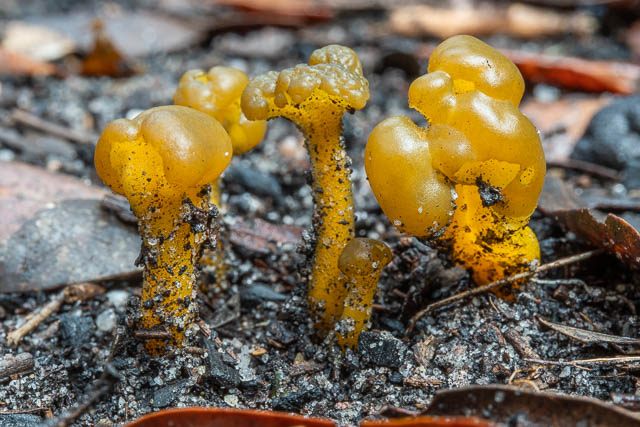
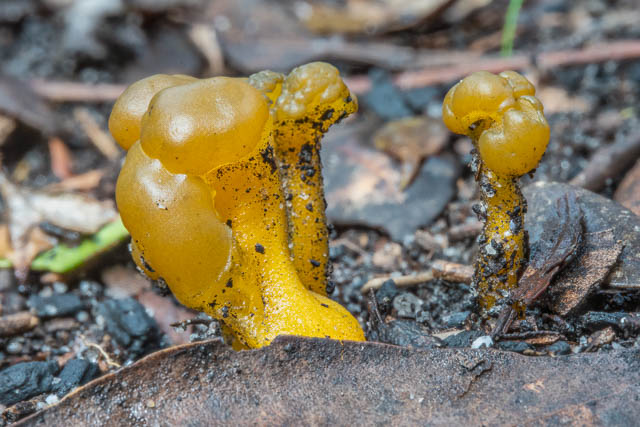
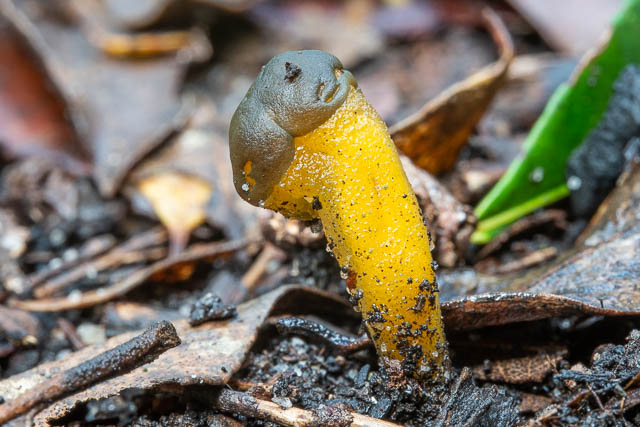
Descolia recedens

Geoglossum sp.
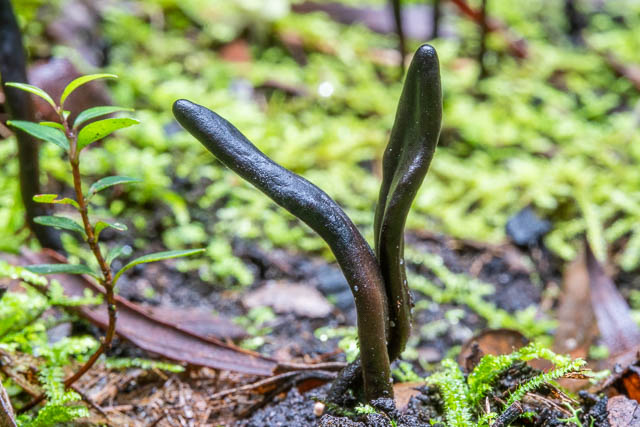
Geoglossum sp. and Ramariopsis sp.
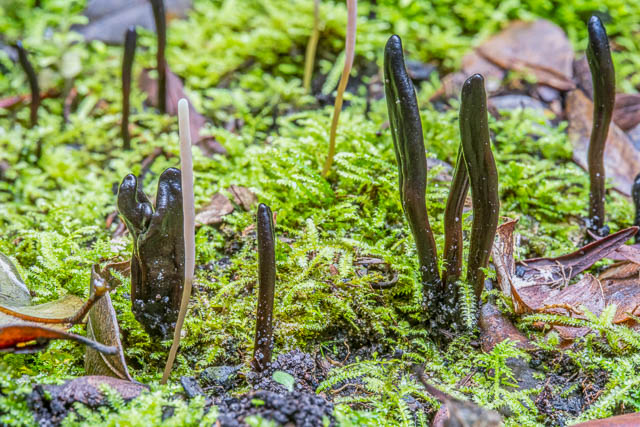
Clavulinopsis corallinorosacea

Hygrocybe sp. or Humidicutis sp.
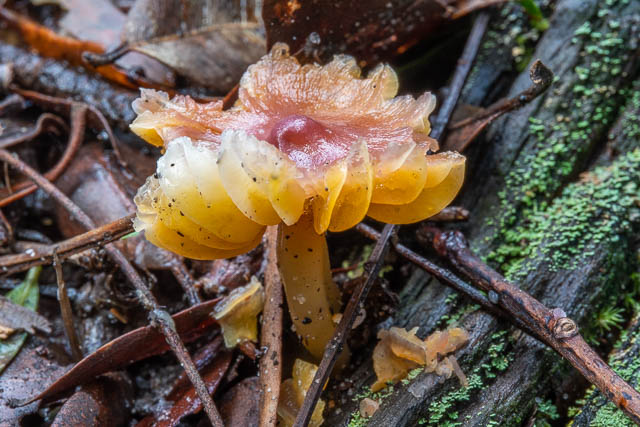
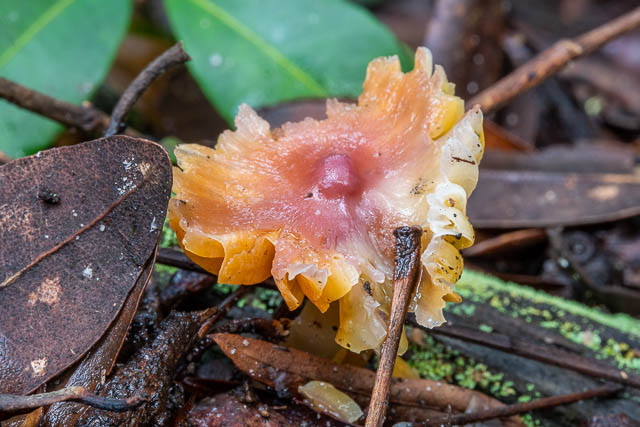
These are two views of the single specimen I found. I have seen similar one in Tasmania previously. It could be an aged Humidicutis viridimagentea.
Russula persanguinea

Hygrocybe batesii
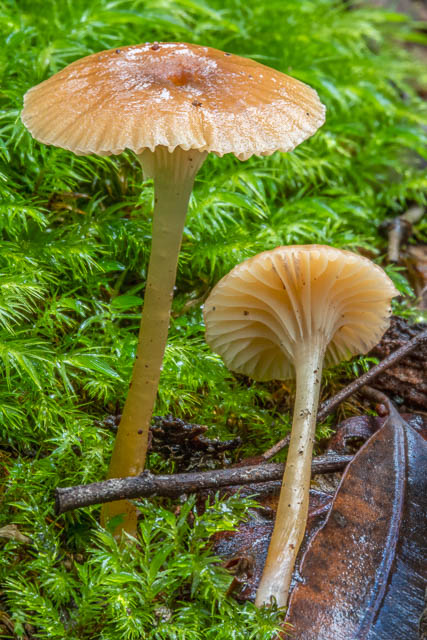

Rickenella fibula
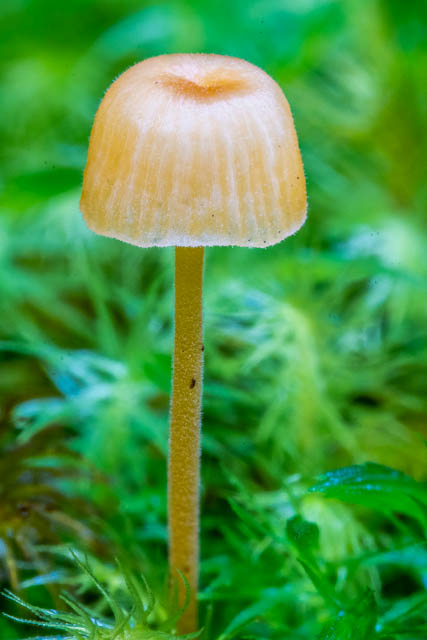
Cruentomycena viscidocruenta
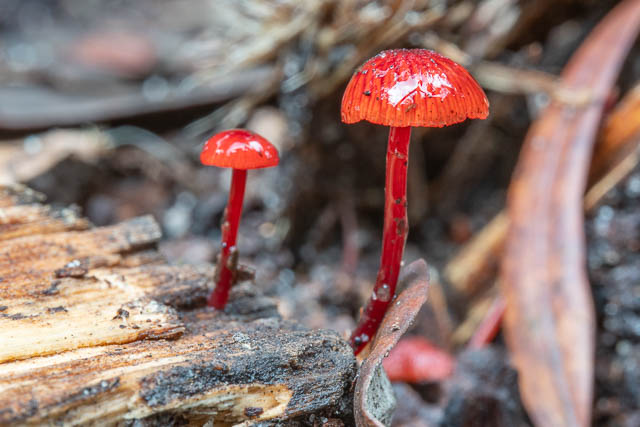
Ramaria sp.
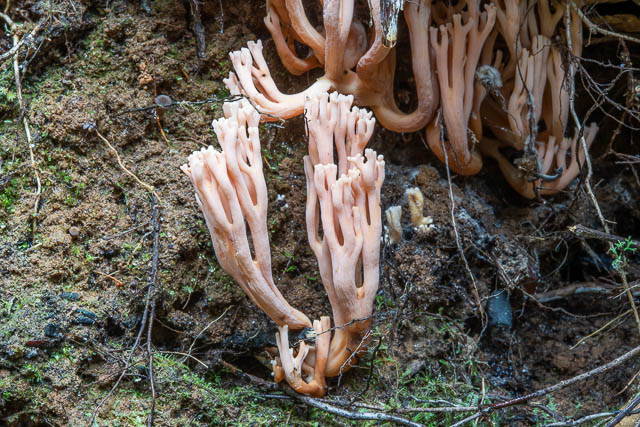
Hygrocybe aurantiopallens
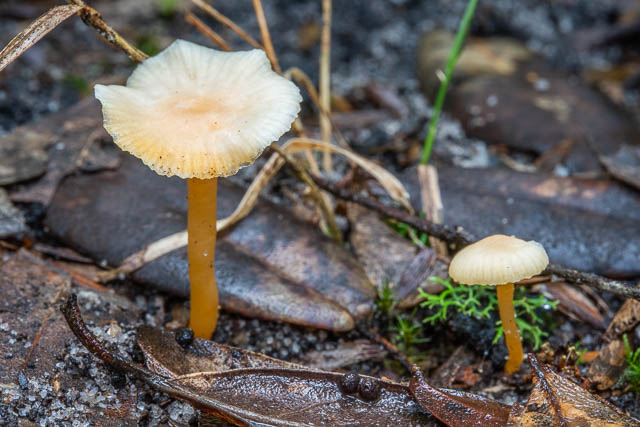
Clavaria tenuipes
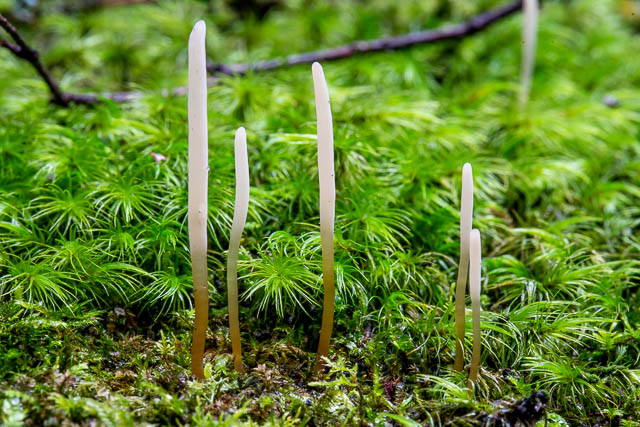
Phaeohelotium baileyanum
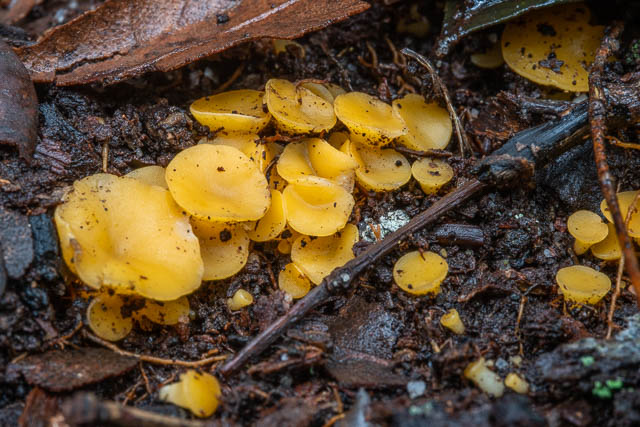
Trichoglossum hirsutum
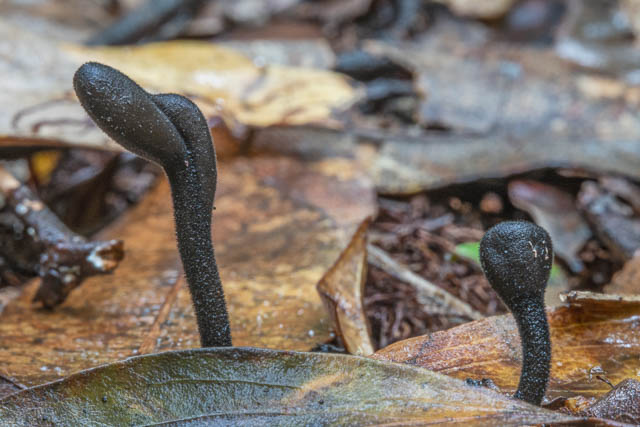
Hygrophorus involutus
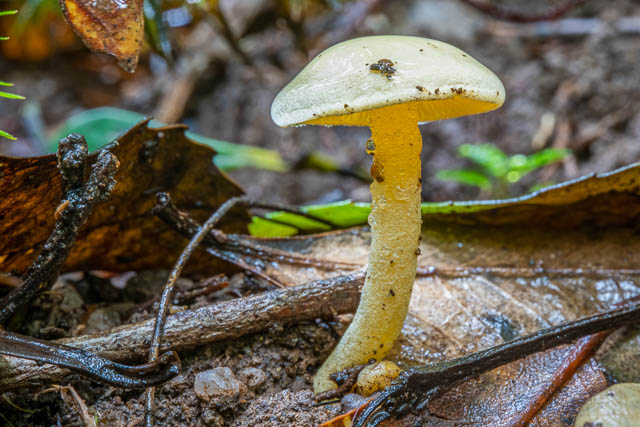
Hygrocybe anomala var. anomala
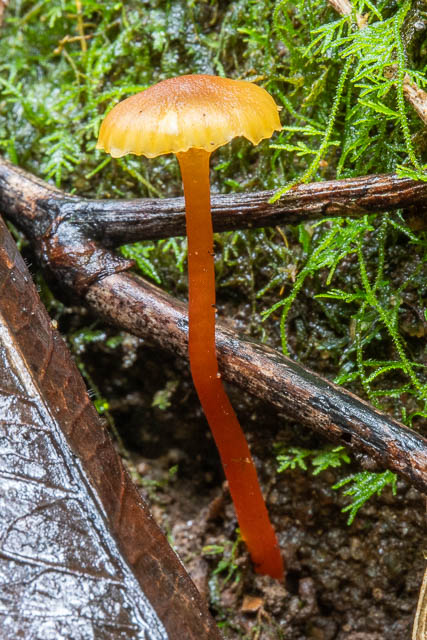
Hygrocybe austropratensis

Plectania campylospora and Gliophorus graminicolor
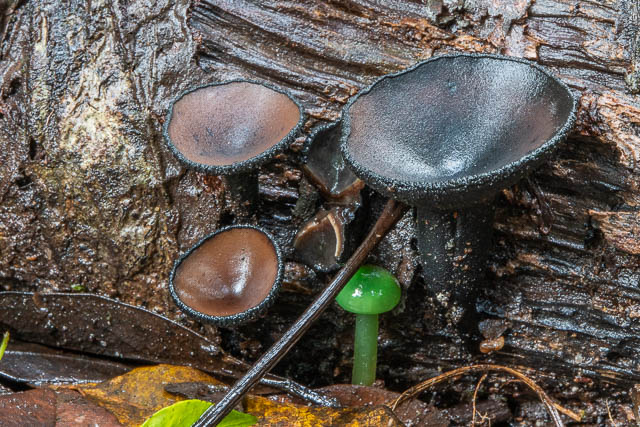
Plectania campylospora
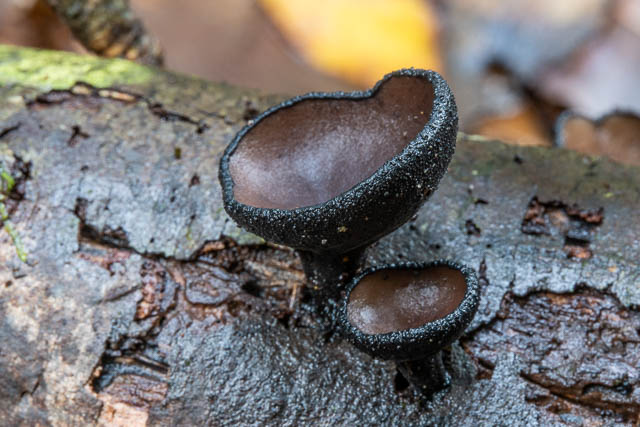
Humidicutis sp.
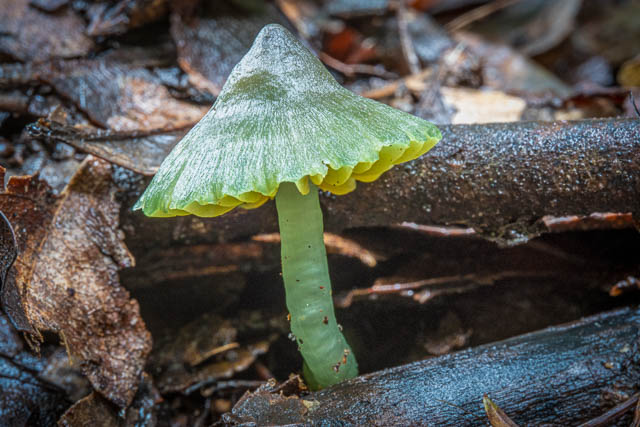


I spotted two of the above species. It appears to be the same or very similar to the Ferndale Park waxcap. That undescribed species changes from green to pink if conditions are suitable.
Plectania campylospora

Hygrocybe astatogala
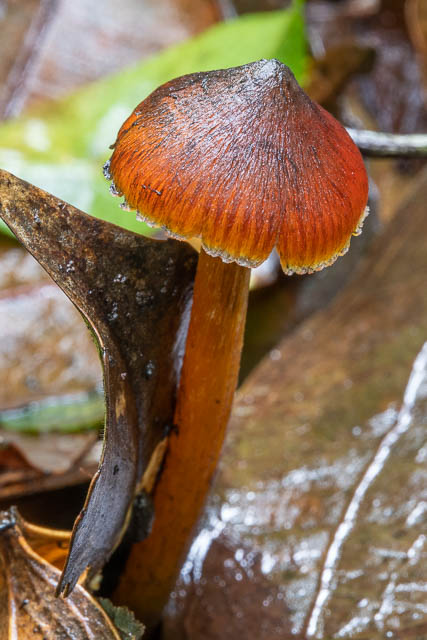
Cortinarius sp.
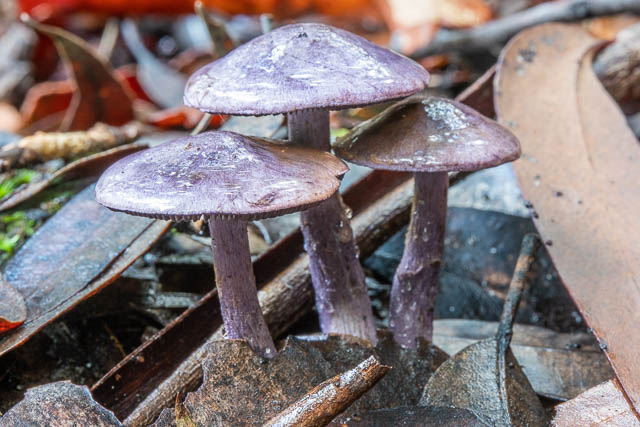
Ramaria sp.

Phellodon niger
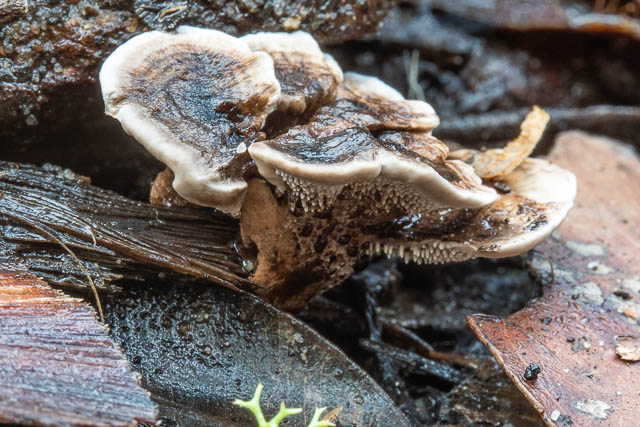
Looking for fungi in these rainforest gullies is a bit like a treasure hunt. You never know what you will find. This trip I considered myself very lucky. Conditions were very good and I was in the right place with time to find a fair amount of what was available. It also probably helps to know the area pretty well – and the right places to look. Most of this fungi was a bit away from the track.
